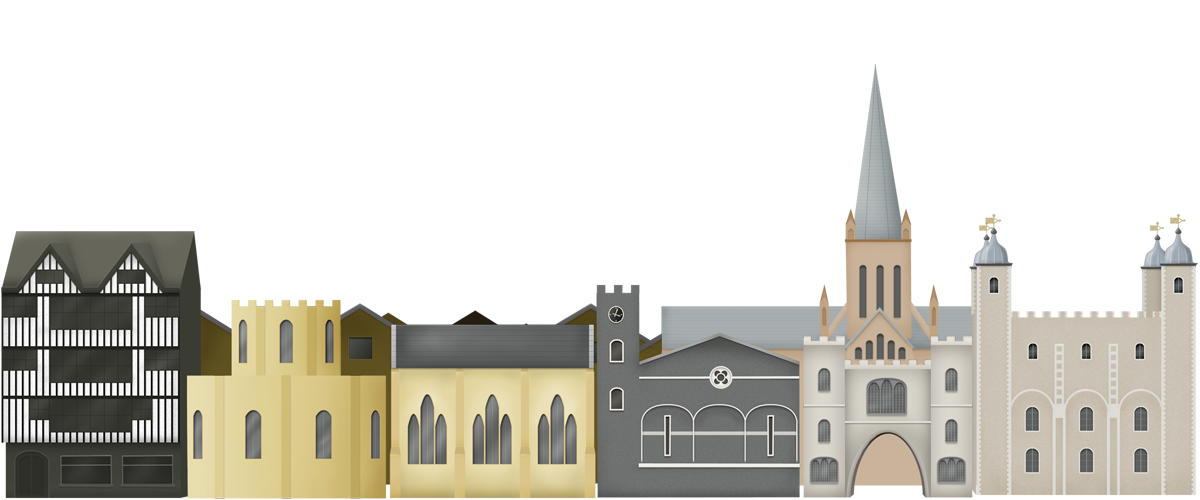The three schools
With the coming of compulsory education and the resulting competition from the new “board schools” (the state schools set up to cater for all the children being educated for the first time), the teaching offered to the children at the two senior schools was expanded. We know little about how the children in the infants’ school were taught.
At both the original and the new schools the curriculum was expanded. And there are more details available because the schools were now independently inspected. By the 1870s there was formal training for teachers, and the trustees took the opportunity of forcing the resignation of the current head mistress, Victoria Burnett by passing a vote that they thought the head mistress of the school should have a teaching certificate. Poor Miss Burnett, who had been in post for three years, took the hint. The trustees advertised for a replacement:
“Wanted: a Head Mistress for Sir John Cass’s Foundation School. 90 girls are instructed in reading, writing, arithmetic and needlework. The applicants must be members of the Church of England and have obtained a first class certificate. Salary £80 per annum with a dinner daily. Sunday duty. Applications with testimonials stating the age of the Candidate….”
Elizabeth Crane got the job. She was to stay for nineteen years, so presumably the trustees were happy with both her and her certificate.
During this period, despite the trustees’ attempts to appoint well qualified staff and to expand the curriculum, the school was much criticised for the limited education it still offered. Critics pointed out that fewer people lived in the City now, and that there were other schools to educate their children.
The trustees argued that they were being practical – most of the pupils would go on to jobs where reading, writing and arithmetic were all they needed. And as for the girls, several afternoons a week spent sewing would give them a more useful skill than would time spent on more academic subjects.
